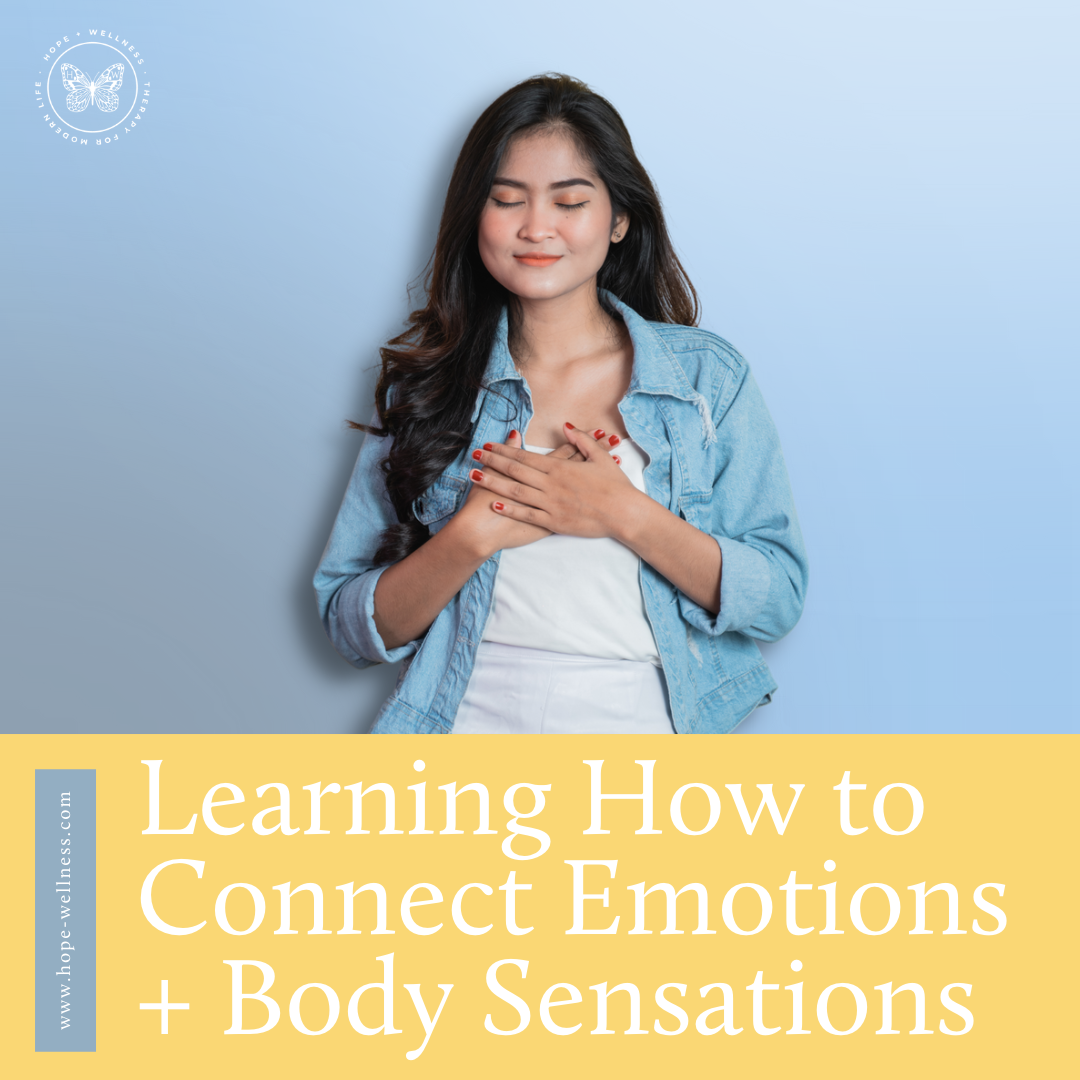
Hope +Wellness Blog
little snippets of advice for everyday challenges many people share

Don't Know What You're Feeling? Try This.
There are so many moments we find ourselves not knowing what we’re feeling–maybe because we haven’t taken enough time to sit with it, or maybe because we’re feeling something in a context we’ve never felt it before–or maybe because many of us aren’t taught to recognize and have compassion for what we’re feeling when we’re feeling it. So how do we identify what we’re feeling if we don’t have the vocabulary for it?

Dealing With Negative Emotions: 7 Blogs to read When You’re Feeling Something Uncomfortable
Dealing with distressing emotions in a healthy way takes practice. Learn where to start with these 7 posts about dealing with negative emotions.

5 Reasons Why Crying is Good For You
Many of us think of crying as a negative thing, but crying is actually an important function, physically and mentally. Crying is an often cathartic release that can improve mood, sleep, and relationships, and lower stress levels when you’re feeling emotionally triggered.

6 Safe Ways to Express Anger
Part of the experience of an emotion is sitting through it - there’s really no way around experiencing the emotion if you want to move forward from it. Think of other emotions you feel. When you’re sad, you might cry, or cuddle a pet, or take a nap. Those are all safe ways to cope with sadness. There are options for you to express anger in safe ways too.

Learning How to Connect Emotions and Body Sensations
Emotions aren’t only felt in the mind. Our bodies react to our environments just like our brains do, and it can be helpful to connect emotions with body sensations so we can better understand what’s going on within us.
Hope+Wellness is a mental health practice specializing in the treatment of depression, mood, stress, and anxiety in kids, teens, and adults. This is a blog about living well and finding meaning and purpose in the face of difficult challenges. This is a blog about finding hope.
Archive
- ACT
- ADHD
- Acceptance
- Anxiety
- Authenticity
- Belonging
- Bipolar
- CBT
- Calming
- Change
- Chronic Illness
- Chronic Pain
- Communication
- Community
- Coping Skills
- DBT
- Dating
- Depression
- EMDR
- Emotions
- Entrepreneurs
- Friendship
- Gratitude
- Grief
- Health Psychology
- Hope
- Inspiration
- Intimacy
- Intuition
- Joy
- Letting Go
- Love
- Manic Depression
- Mindfulness
- Miscarriage
- OCD
- Parenting
- Personal Growth
- Positive Vibes
- Quotes
- Relationships
- Resources
- Self-Compassion
- Self-Reflection
- Services
- Sleep
- Spirituality
- Stress Management
- Stress Relief
- Suffering